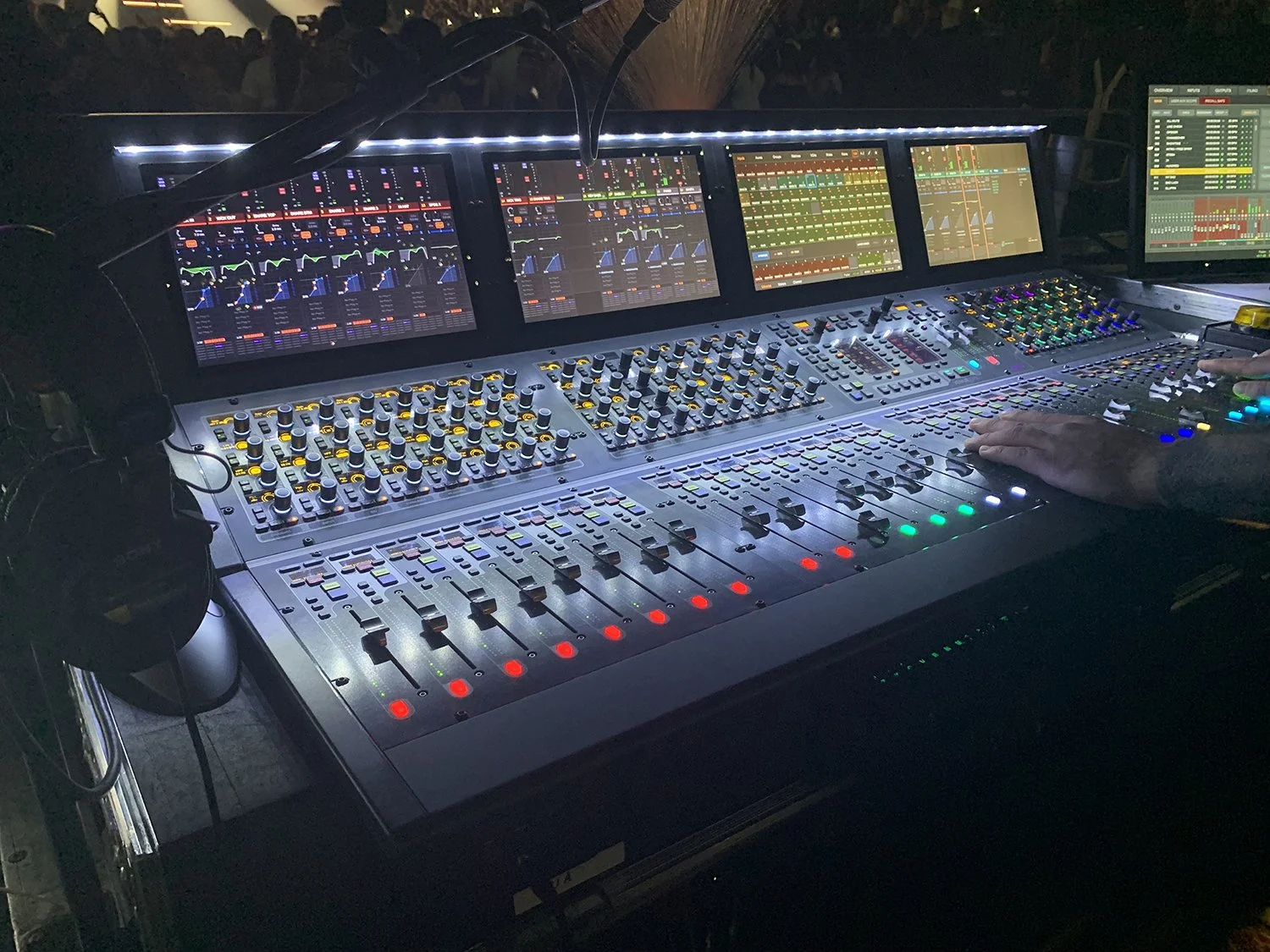In live sound, we need to know how much volume we have in the speaker system before clipping.
Read MoreTPA contributor Brian Maddox discusses the nature of sound, how it relates to audio, and the importance of “getting it right at the source”.
Read MoreIn live sound systems, clipping an audio signal can eventually damage a speaker. This can be expensive to replace.
Read MoreThe wireless audio landscape is changing year by year, which makes the job of an RF (Radio Frequency) coordinator increasingly important.
Read MoreTPA Contributor Madeleine shares some amazing knowledge from her audiology studies.
Read MoreElectromagnetic induction creates current from a changing magnetic field. This can mess with our audio systems.
Read MoreThese two types of current power every aspect of our production.
Read MoreCalculating power needs is critical in production.
Read MoreAll electrical circuits function by controlling the flow of electrons.
Read MoreHearing loss is not a one-size fits all condition.
Read MoreOnce we have a good mix we need to route it to the output of the mixer.
Read MoreYou can assign input channels to VCAs or Subgroups, but they function differently.
Read MoreSound levels are measured in “decibels,” but what does this actually mean? TPA contributor Madeline Campbell explains the science.
Read MoreCompression can help you build a well balanced mix.
Read MoreGates are especially effective on percussion and other transient sounds.
Read MoreBoth Parametric and Graphic EQ can dramatically alter a sound, but each tends to work best in specific situations.
Read MoreSoft Patching is a super handy feature of digital mixers.
Read MoreCorrectly setting input gain is the first step to a great mix.
Read MoreBeing aware of a microphone polar pattern can help you control what gets in (or stays out of) your mix.
Read MoreWe have many options for microphones, but some tend to work better in certain situations.
Read More



















